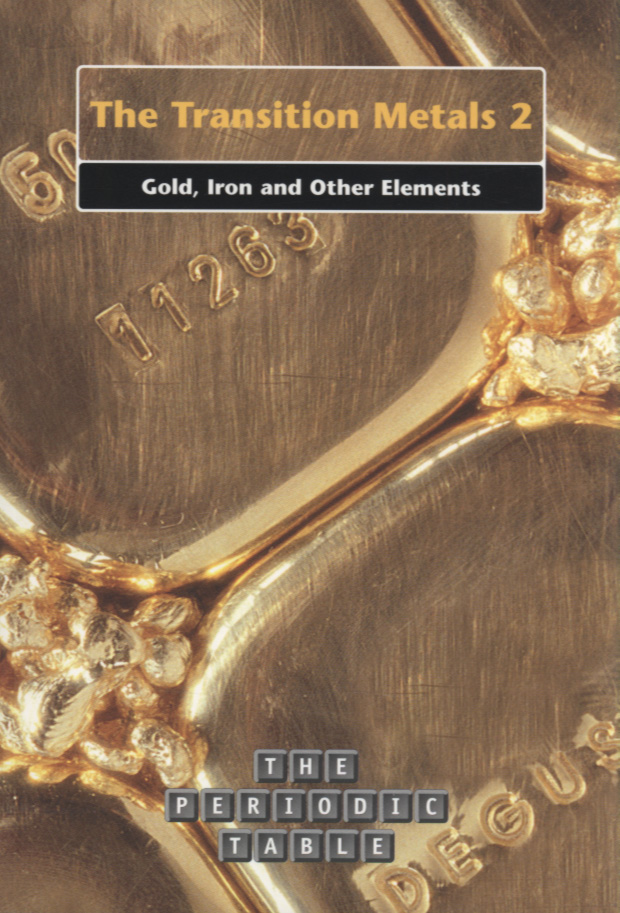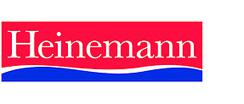Transition metals 2

This series uses a common or well-known element to look at the groups of the periodic table and to show the similarities and differences between elements. It uses full-colour illustration of the periodic table and shows the chemical symbol for each element in place, alongside its neighbours.
Chemical formulae for common compounds are also shown. Information boxes and tables contain listings of facts and figures. Chemical reactions are interpreted as word equations, and timelines chart the history and discovery of the elements.
This title covers the properties of the second section of transition metals in the periodic table (which includes naturally occurring and artificially made elements), the trends that develop across the period and the slow nature of their chemical reactions in comparison with other elements. Typical examples are copper silver and gold, the so called coinage metals whose properties and qualities that are useful as well as highly decorative and prized in jewellery and display items.
Show health and safety information
Please be aware that resources have been published on the website in the form that they were originally supplied. This means that procedures reflect general practice and standards applicable at the time resources were produced and cannot be assumed to be acceptable today. Website users are fully responsible for ensuring that any activity, including practical work, which they carry out is in accordance with current regulations related to health and safety and that an appropriate risk assessment has been carried out.





